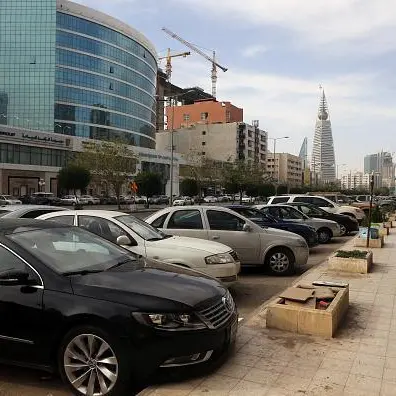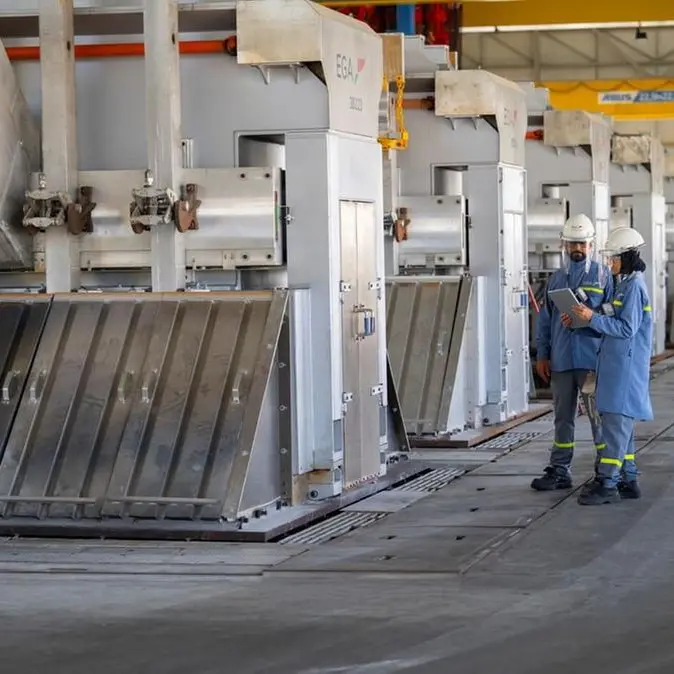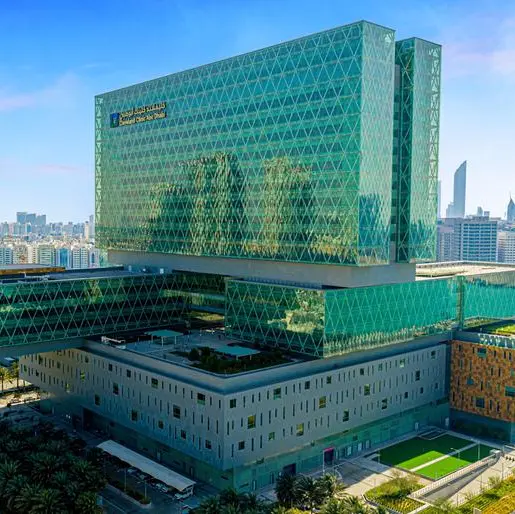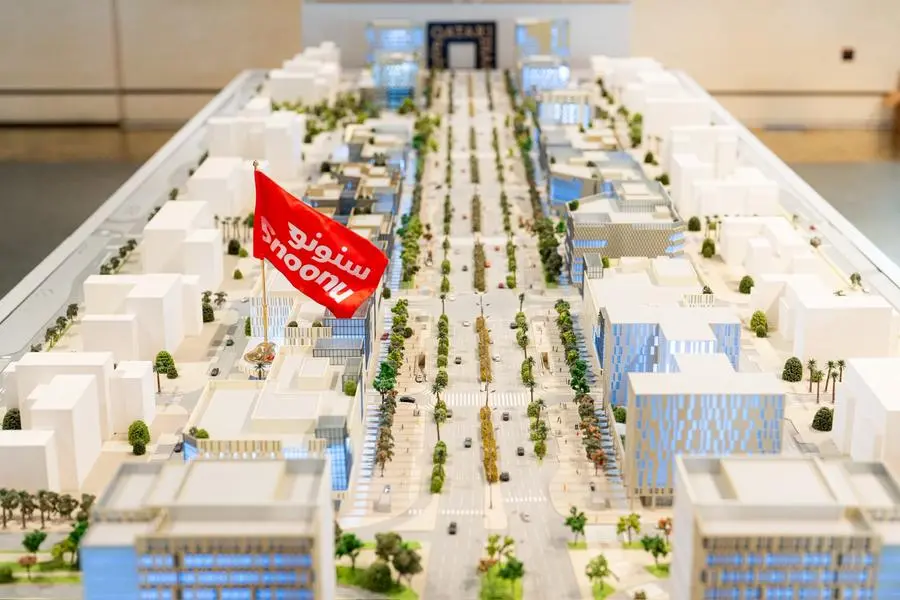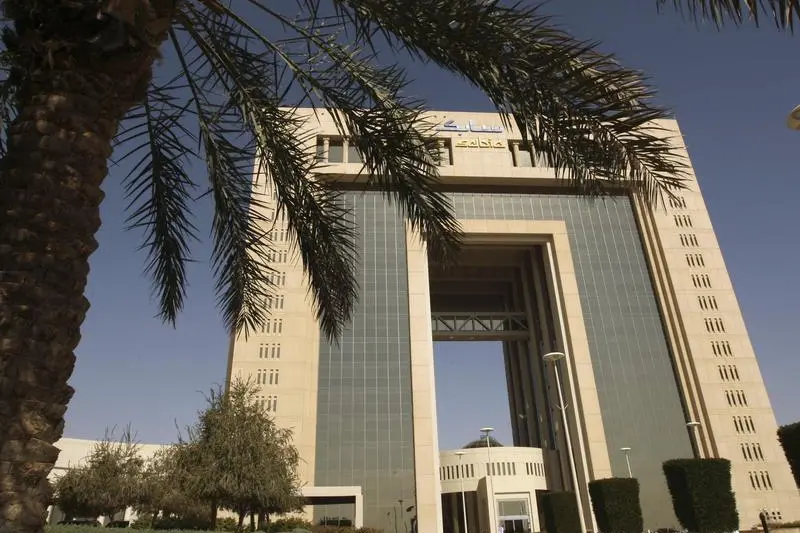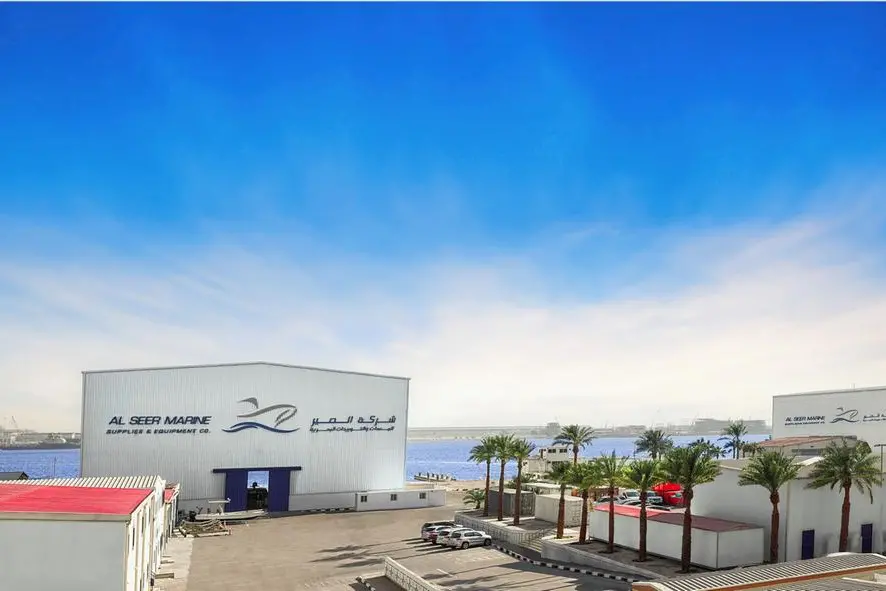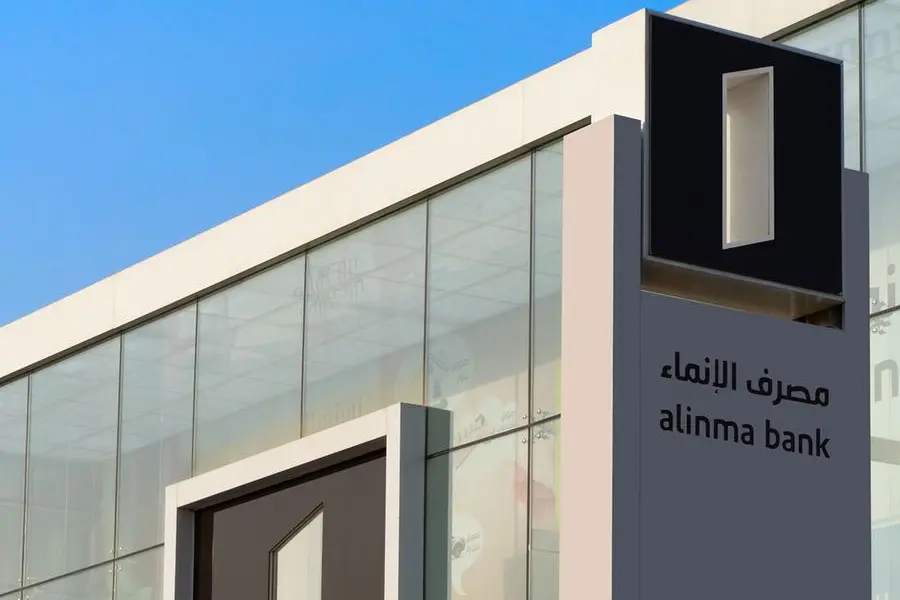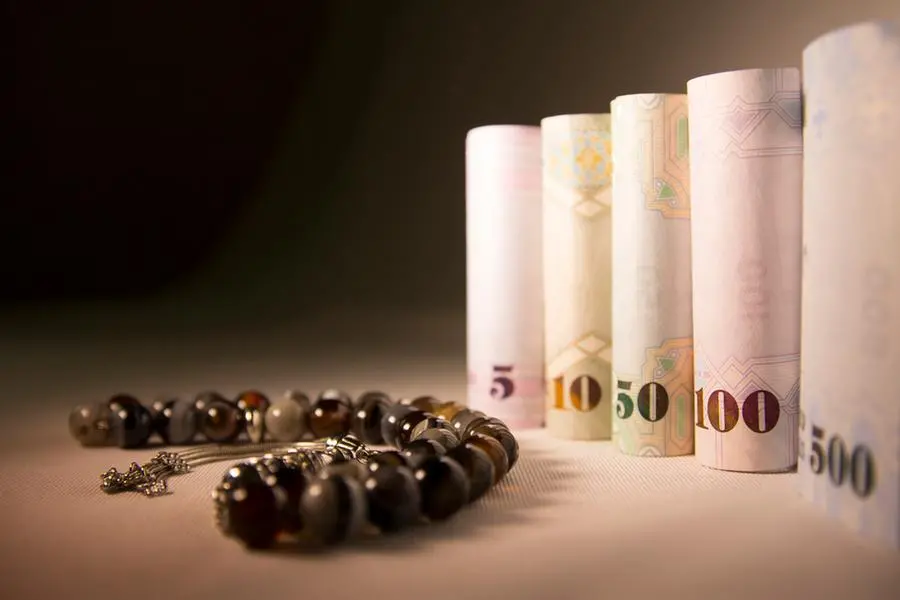15 January 2004
DOHA: Qatar’s skyline has changed dramatically since 1994, but the changes between now and 2014 could be even more dramatic according to Nader Ardalan, Senior Vice President, Design and Planning, at KEO International.
The question is whether Qatar will opt for new building designs that are ‘global/international’, ‘traditional’ or a fusion of the two - the later being a new category that will integrate the best of traditional (low-tech) and progressive (high-tech) designs, solve complex needs, promote green design and provide an integration of science and spirit.
“The magnitude and quality of the architectural projects being implemented here, or planned for the near future, rival similar periods of history in other great societies, he said, referring to the new designs of London buildings after The Great Fire razed most of the city in 1666; the Gothic, Louis XIV and 1980s periods in French architecture; and the current world focus on tall buildings.
KEO International has been involved in a number of major projects here, including Education City, the College of the North Atlantic campus, and the proposals for the new Central Market. Ardalan is also a founding member of the Aga Khan Award for Architecture.
Whatever design style is chosen - here or elsewhere - said Ardalan, it needs to take account of the building’s functional purpose, environmental adaptation, cultural relevance and technological innovation. “Environmental adaptation is a dedication to sustainable design principles which provoke correct bio-climatic orientation of building forms with respect to sun, wind, terrain, soil and view.” Instead of past international designs that have often favoured air-conditioning and sealed windows, Ardalan spoke in favour of buildings that offered options: air-conditioning when it is needed and the chance to open windows wide at other times.
“The global style is non-adaptive; what we call full-mode, favouring man-made over nature; it has limitations and it’s very costly.” New projects that involve ‘break through’ designs here in Qatar include those of Weill Cornell Medical College, the Isozaki’s design for Qatar National Library, I M Pei’s Qatar Islamic Museum and the proposed new broadcasting complex for the Qatar Radio and TV Corporation.
“Architecture is an art”, he said in conclusion, stressing the importance of architectural style on the way in which we regard and interact with our environment and the impact the designs have on our thought and actions. “But in these pursuits of style, we must struggle to stay free of faddishness, the pastiche and the second-hand copy. How sad it would be if, with our wonderful visions we were to do things here that are not first primary realisations”.
DOHA: Qatar’s skyline has changed dramatically since 1994, but the changes between now and 2014 could be even more dramatic according to Nader Ardalan, Senior Vice President, Design and Planning, at KEO International.
The question is whether Qatar will opt for new building designs that are ‘global/international’, ‘traditional’ or a fusion of the two - the later being a new category that will integrate the best of traditional (low-tech) and progressive (high-tech) designs, solve complex needs, promote green design and provide an integration of science and spirit.
“The magnitude and quality of the architectural projects being implemented here, or planned for the near future, rival similar periods of history in other great societies, he said, referring to the new designs of London buildings after The Great Fire razed most of the city in 1666; the Gothic, Louis XIV and 1980s periods in French architecture; and the current world focus on tall buildings.
KEO International has been involved in a number of major projects here, including Education City, the College of the North Atlantic campus, and the proposals for the new Central Market. Ardalan is also a founding member of the Aga Khan Award for Architecture.
Whatever design style is chosen - here or elsewhere - said Ardalan, it needs to take account of the building’s functional purpose, environmental adaptation, cultural relevance and technological innovation. “Environmental adaptation is a dedication to sustainable design principles which provoke correct bio-climatic orientation of building forms with respect to sun, wind, terrain, soil and view.” Instead of past international designs that have often favoured air-conditioning and sealed windows, Ardalan spoke in favour of buildings that offered options: air-conditioning when it is needed and the chance to open windows wide at other times.
“The global style is non-adaptive; what we call full-mode, favouring man-made over nature; it has limitations and it’s very costly.” New projects that involve ‘break through’ designs here in Qatar include those of Weill Cornell Medical College, the Isozaki’s design for Qatar National Library, I M Pei’s Qatar Islamic Museum and the proposed new broadcasting complex for the Qatar Radio and TV Corporation.
“Architecture is an art”, he said in conclusion, stressing the importance of architectural style on the way in which we regard and interact with our environment and the impact the designs have on our thought and actions. “But in these pursuits of style, we must struggle to stay free of faddishness, the pastiche and the second-hand copy. How sad it would be if, with our wonderful visions we were to do things here that are not first primary realisations”.
© The Peninsula 2004
